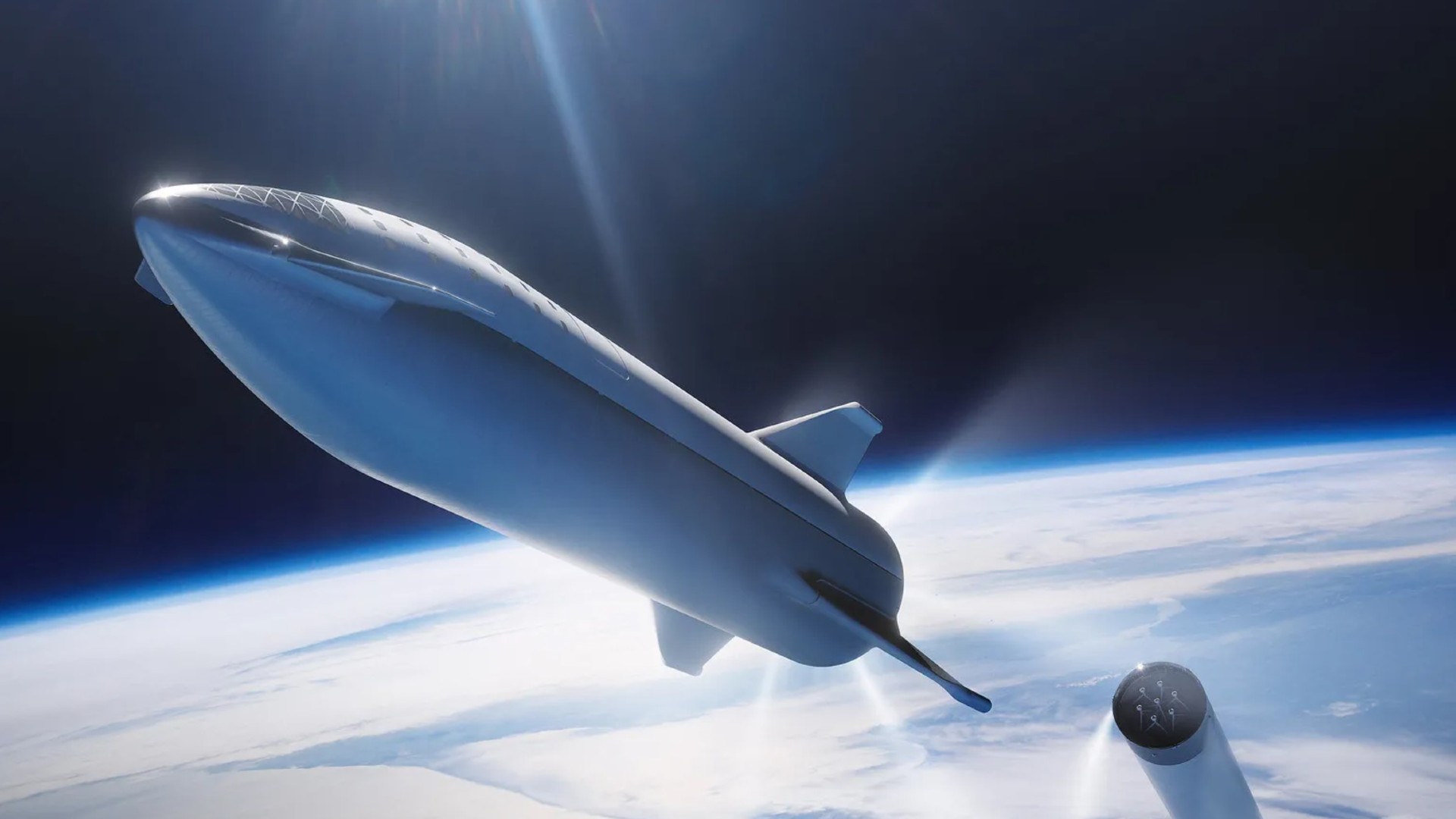NASA eyeing SpaceX's Starship as possible space station

SpaceX is getting some advice from NASA to investigate the possibility of converting its huge new Starship vehicle into an orbital destination.
If the idea comes to fruition, Starship could offer a wide variety of accommodations for on-orbit research and commercialization.
For NASA, Starship presents another option in a line of possible space stations and technological developments in the works to support an emerging economy in low Earth orbit (LEO). The International Space Station (ISS) is expected to reach its operational end by 2030, and the space agency has been preparing for its eventual demise.
Over the past few years, NASA has entered agreements with several companies to support the development of commercial LEO space stations, including a $415 million award divided between Blue Origin, Northrop Grumman and Nanoracks, and an agreement with Axiom Space to dock their own commercial modules to the ISS. Axiom's hardware will eventually separate, becoming a free-flying private outpost.
Related: SpaceX fuels up Starship Super Heavy boosters in prelaunch tests (photos)
Now, NASA is extending those efforts through its Collaborations for Commercial Space Capabilities-2 initiative (CCSC-2). CCSC-2 works via unfunded Space Act Agreements, which provide companies with NASA consultation and technical expertise. On June 15, NASA announced the seven companies selected through CCSC-2: Blue Origin, Northrop Grumman, Sierra Space, Special Aerospace Services, ThinkOrbital Inc., Vast Space LLC and SpaceX.
NASA had already awarded SpaceX the Artemis program's first Human Landing Services contract, to develop a version of Starship to land astronauts on the moon. And throughout its conceptual to physical development, SpaceX has presented the spacecraft as incredibly multifaceted.
Breaking space news, the latest updates on rocket launches, skywatching events and more!
At the unveiling of its design in 2016, when SpaceX was calling it the Interplanetary Transport System, company founder and CEO Elon Musk claimed the giant spacecraft would be capable of carrying up to 100 people and cargo to Mars in a single flight. Musk has also talked about using Starship for rapid point-to-point transportation on Earth.
Many renderings and a handful of years later, Starship is inching closer to reality. Stacked atop its Super Heavy first stage booster, the full launch vehicle stands 394 feet (120 meters) tall, boasts a diameter of 29.5 feet (9 m) and is expected to be able to launch up to 150 tons to orbit.
SpaceX has launched a fully stacked Starship once to date, on April 20 of this year. During that test flight, Starship lifted off successfully but suffered a few problems shortly thereafter, impelling SpaceX to send a self-destruct command. Now, the company is preparing for a second Starship flight within the next few months.
Starship's use as a space station, while still only an idea on paper, is intriguing given the vehicle's enormous size. The only comparable space station for open interior volume would be NASA's old Skylab outpost, which measured just 21.76 feet (6.61 m) in diameter.

Josh Dinner is the Staff Writer for Spaceflight at Space.com. He is a writer and photographer with a passion for science and space exploration, and has been working the space beat since 2016. Josh has covered the evolution of NASA's commercial spaceflight partnerships and crewed missions from the Space Coast, as well as NASA science missions and more. He also enjoys building 1:144-scale model rockets and human-flown spacecraft. Find some of Josh's launch photography on Instagram and his website, and follow him on X, where he mostly posts in haiku.
